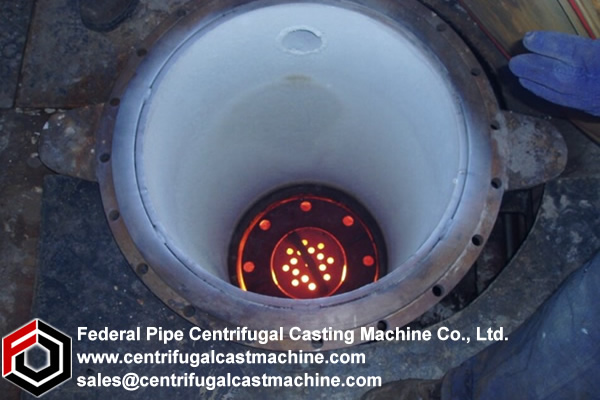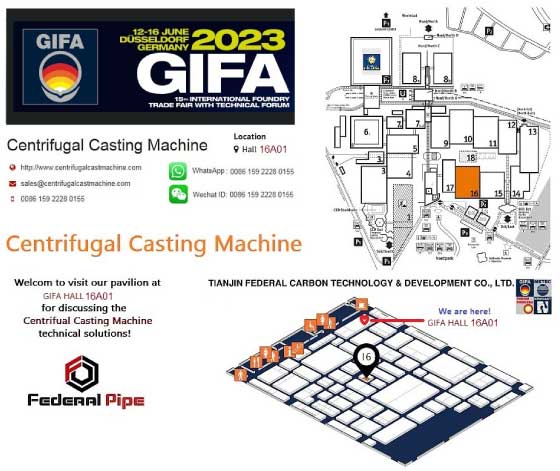centrifugal casting methods were adopted for manufacturin
After the mold had been heated, the prepared molten metal was poured into the sprue and the bell swung first in pendulum style, then in a circular motion, to force the metal into all areas of the pattern chamber. This action re‐sembled the old trick of swinging a bucketful of water over one's head in a circular motion. After 1920, the process began to be used for the manufac ‐turing of cast iron water pressure pipe, and use of the process has been ex‐tended to a much wider range of shapes and alloys.
In 1940, centrifugal casting methods were adopted for manufacturing jewelry and soon they became available to the nonprofessionai craftsman. Prior to its use in the jewelry trade, vacuum action was combined with the investing procedures of mold making to produce an air free mold which was patented in 1935. Vacuum casting, combined with centrifugal casting was also attempted in 1935, and patents on this method were finally issued in 1940 ‐42. However, successful vacuum‐centrifugal casting was not ac‐complished until 1948 by A.L. Englehardt.  Continuous improvements in all the various machines, including large production models employing this centrifugal casting method, continued to make this form of casting ex‐tremely popular and versatile for both the professional and the novice craftsman.
Continuous improvements in all the various machines, including large production models employing this centrifugal casting method, continued to make this form of casting ex‐tremely popular and versatile for both the professional and the novice craftsman.
• In centrifugal casting, the mold may spin about a horizontal, inclined or vertical axis. The outside shape of the casting is determined by the shape of the mold. The inside contour is determined by the free surface of the liquid metal during solidification. The centrifugal force produced by rotation is large compared with normal hydrostatic forces and is utilized in two ways.

